Renault’s Eolab super-economical hybrid concept – which returns 282mpg and 22g/km of CO2 on the official EC test cycle - could define the supermini of 2022, according to company engineers.
Combining a slippery, teardrop-shaped, body with a notably low roofline and the combination of a 73bhp, 3-cylinder, petrol engine, electric motor, a patented three-speed clutchless transmission and a 6.7kWh lithium-ion battery pack, the Eolab combines hyper-economy, surprisingly ‘normal’ driving characteristics and a 0-60mph time of nine seconds.
Autocar experienced two laps with Eolab around a test track on the outskirts of Paris.
While clearly a prototype, it’s obvious that the French company has pulled off something of a technical coup, managing to build a genuine four-seater within an uncompromising aerodynamic package.
The emphasis on the ‘100 key technologies’ incorporated being fully capable of being integrated into Renault’s existing production systems over the next few years means the Eolab is much nearer reality than VW’s acclaimed two-seat XL1.
While Renault’s new, compact, hybrid transmission is work in progress, the Eolab surprised with its neat handling (thank the anti-roll properties of the air-suspension), brisk performance and is remarkable ‘normal’ to pilot with an especially well-released interior concept.
Although it remains a pure concept, the car has already triggered a high-level debate within the French carmaker. Eolab’s supporters says the company needs to move towards much more radical engineering solutions in order to head off even more stringent EU CO2 regulations beyond 2020.
The concept was triggered by one aspect of the French government’s ‘Industrial Plan’, which called for new affordable designs of car that would make a real-world 141mpg.
The Eolab project has seen Renault and a group of key component suppliers re-think the classic supermini in virtually every area of its engineering and construction.
The upshot is that the Eolab – even with a battery-electric transmission - weighs significantly less than the current Clio and is also much more aerodynamically efficient. Everything from the way passengers are ‘packaged’ to the materials and design techniques used for the body and suspension components and even the seat frames have the re-considered from first principles.
The Eolab incorporates 100 ‘key new technologies” and project leader Lauren Taupin told Autocar that he expected “up to 90 per cent” of the innovations would be phased into Renault’s production models over the next eight years or so, starting in 2018 with what’s expected to be the next-generation Renault Clio model.
Rather than engineering in new technologies to an existing platform, the Eolab project is based on a substantially new platform, constructed from a mix of materials. The starting point for the car was to reduce the frontal area to a minimum, while offering Clio levels of space.
This was achieved by significantly lowering the roofline (especially at the rear) and then dropping the seating position of the front and rear passengers by 50mm. The seating position was also moved 115mm forwards, towards the engine bay.
While this ensured that the headroom in the Eolab was the same as the current Clio, but it required the engine bay to be shorter. This was achieved by installing the engine from the new Twingo, inclined 49deg off the vertical, with the cylinder head sitting close to the bulkhead.
With the package re-thought, perhaps the biggest engineering change was the materials used to construct the Eolab bodyshell. It is a mix of a new type of ultra-high strength steel (developed by South Korean company Posco), aluminium, magnesium and two types of thermoplastic (one using continuous reinforced fibres, the other reinforced glass fibre).
The steels are used for the front crash structure, lower A-pillars, sills and the bodysides. Magnesium is used for the roof skin (which weighs just 4.5kg) and lower bulkhead. The Eolab’s floorpan is made from from two moulded skins made from the continuous fibre material and bonded together, which is said to be 40kg lighter than a conventional pressed-steel floorpan.
Cast aluminium is used for the front suspension strut mounts and the C-pillars and stamped for the rear quarter panels. The front doors (there are two door’s on the driver’s side and one on the passenger side) are made from a cast magnesium frame, with a thermoplastic inner skin. The thermoplastic bonnet is fixed in place.
Other weight saving innovations include an exhaust system which is only half the normal length, a rear axle combining aluminium trailing arms and a composite beam, ultra-thin window glass, a smaller and lighter braking system (based around a new concept by Continental, which combines a number of braking and stability functions into a single super-compact under-bonnet unit).
A new, lighter (by 35 percent) and more compact seat frame has been designed for the car and the interior trim construction and materials have been completely re-thought. The ultra-light heating ducts, which save 2.3kg, have been patented. A new 145/70 tyre and 17-inch wheel combination was designed by Michelin.
Overall, 130kg was saved with the new body construction, 90kg from ‘trim and equipment’, 30kg from ‘engine peripherals, 60kg over the Clio powertrain and 20kg from ‘electrical equipment’. Compared to a Clio with a 120bhp TCe petrol engine, which weighs 1205kg, the basic Eolab concept with a 90bhp TCe engine weighs just 805kg.
However, adding in the new hybrid transmission and battery pack added another 145kg to the Eolab’s weight. This set-up however, allows the car to crack 282mpg on the official EC cycle.
To maximise aerodynamic performance, the Eolab not only has a steeply sloping roof, but also is much narrow at the rear than it is at the front. However, Renault engineers have taken the next step and incorporated ‘active aerodynamics’ into the Eolab design.
At the rear of the car, there are active flaps, which open at speeds over 43mph and are designed to reduce the ‘wake’ of disturbed air behind the car, much improving its aerodynamic performance. There’s also an active spoiler at the front and the wheels have active flaps, which cover the gaps between the wheel spokes when travelling at higher speeds.
Renault has also taken the final step towards uncompromised aerodynamic design, but equipping the Eolab with pneumatic suspension. This set-up allows three ride heights (one for easy access, one for urban driving and one – the lowest – for high-speed travel). The air suspension also delivers anti-roll properties on winding roads.
Interestingly, if the Eolab was built without the hybrid system (and used a production 90 TCe turbocharged petrol engine) Renault engineers estimate that it would return over 100mpg.
Get the latest car news, reviews and galleries from Autocar direct to your inbox every week. Enter your email address below:

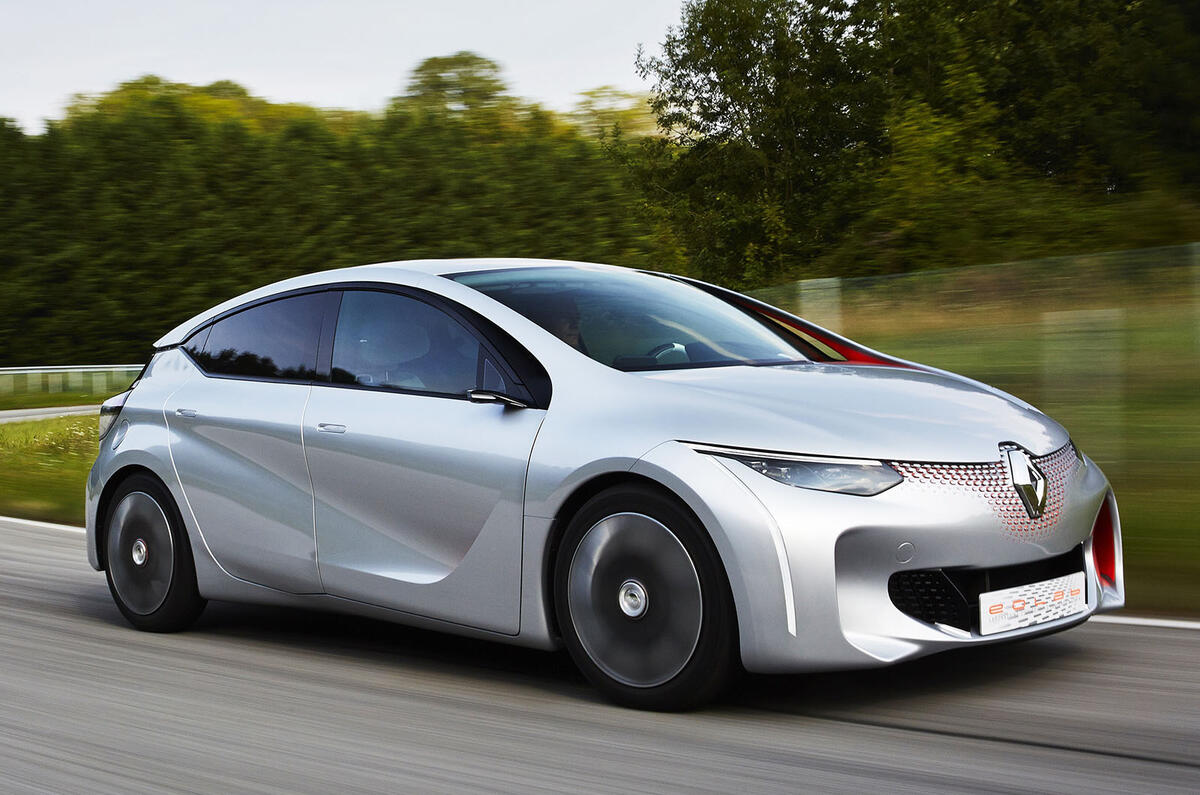
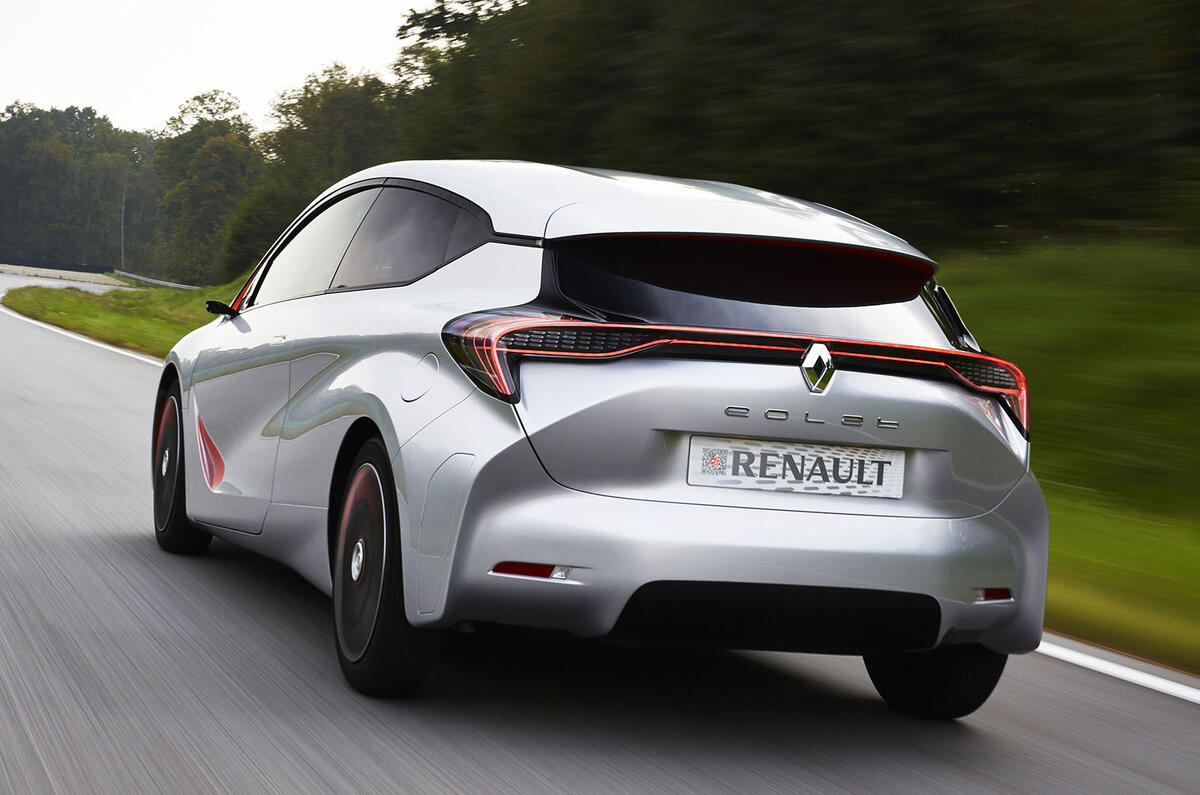
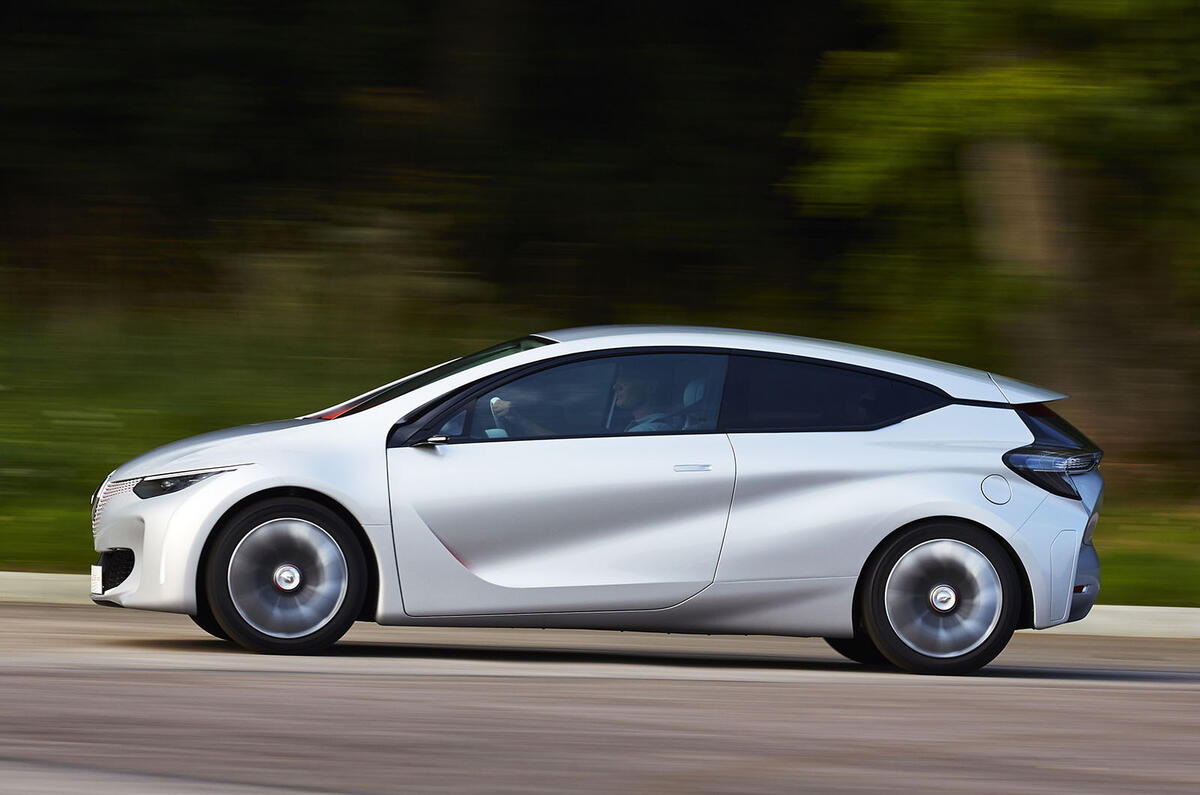

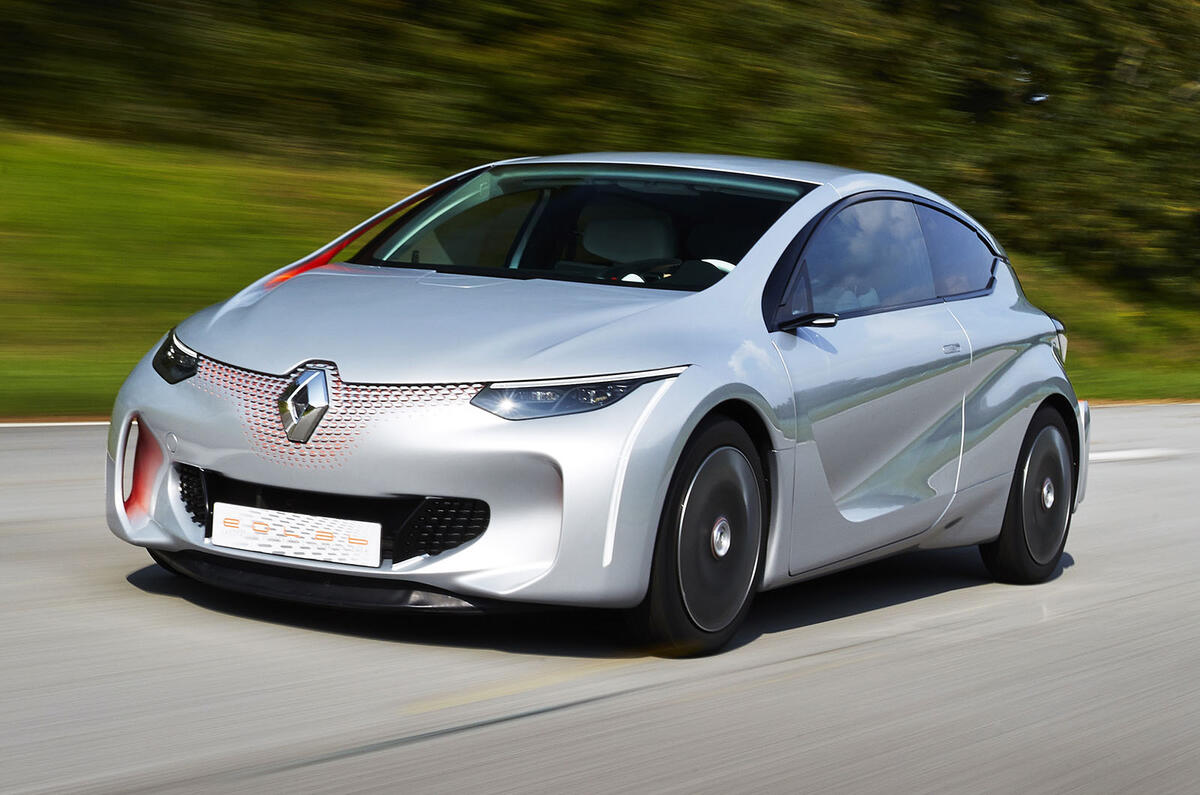
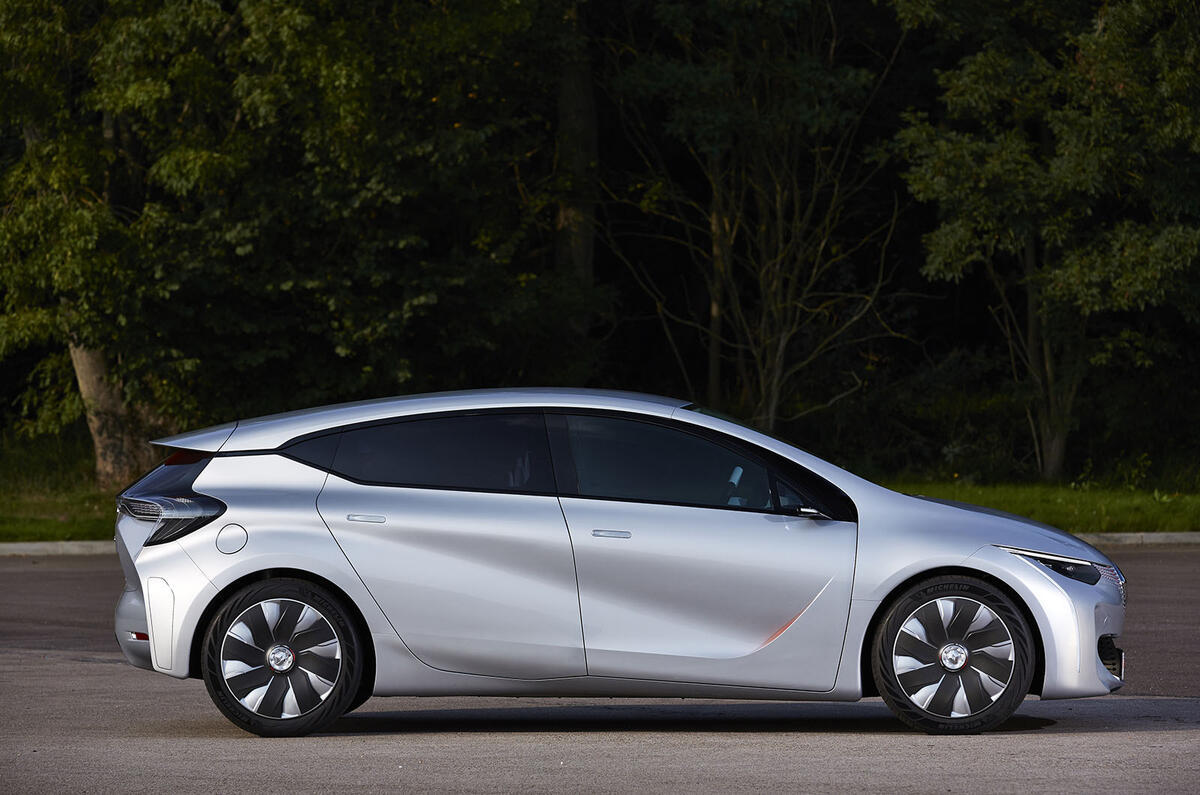
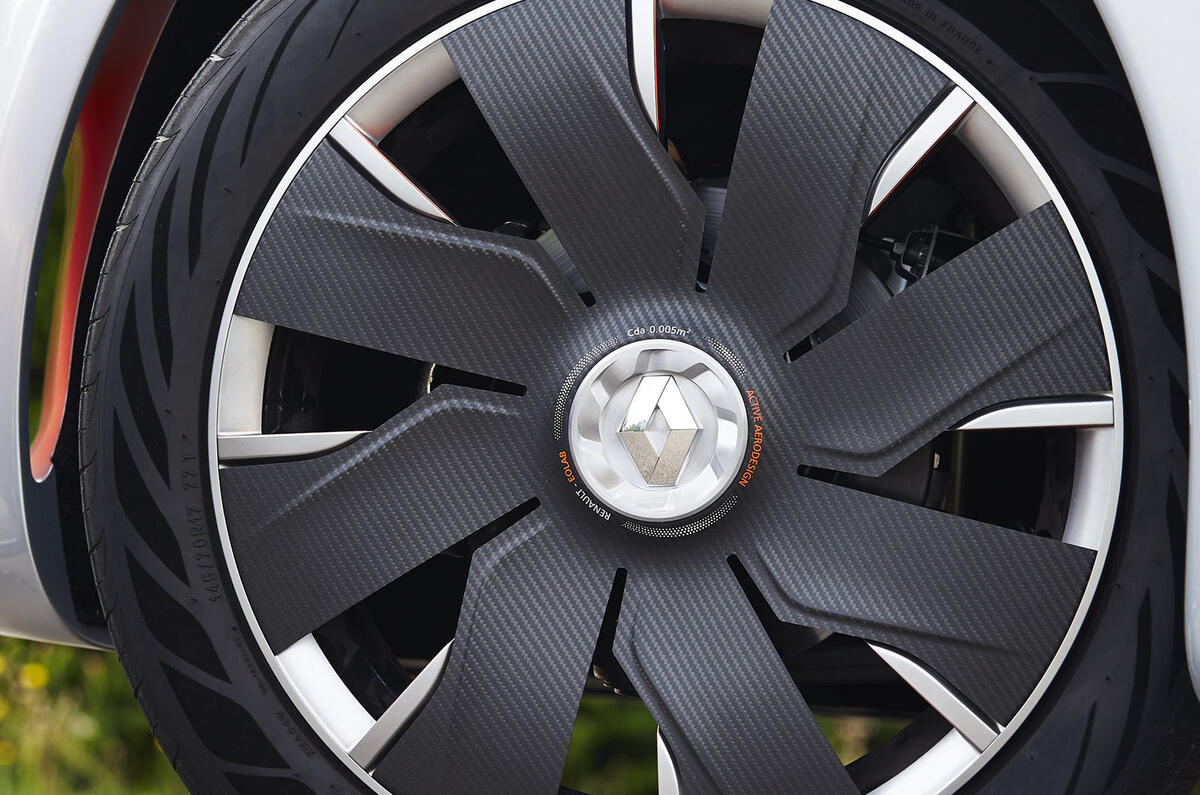


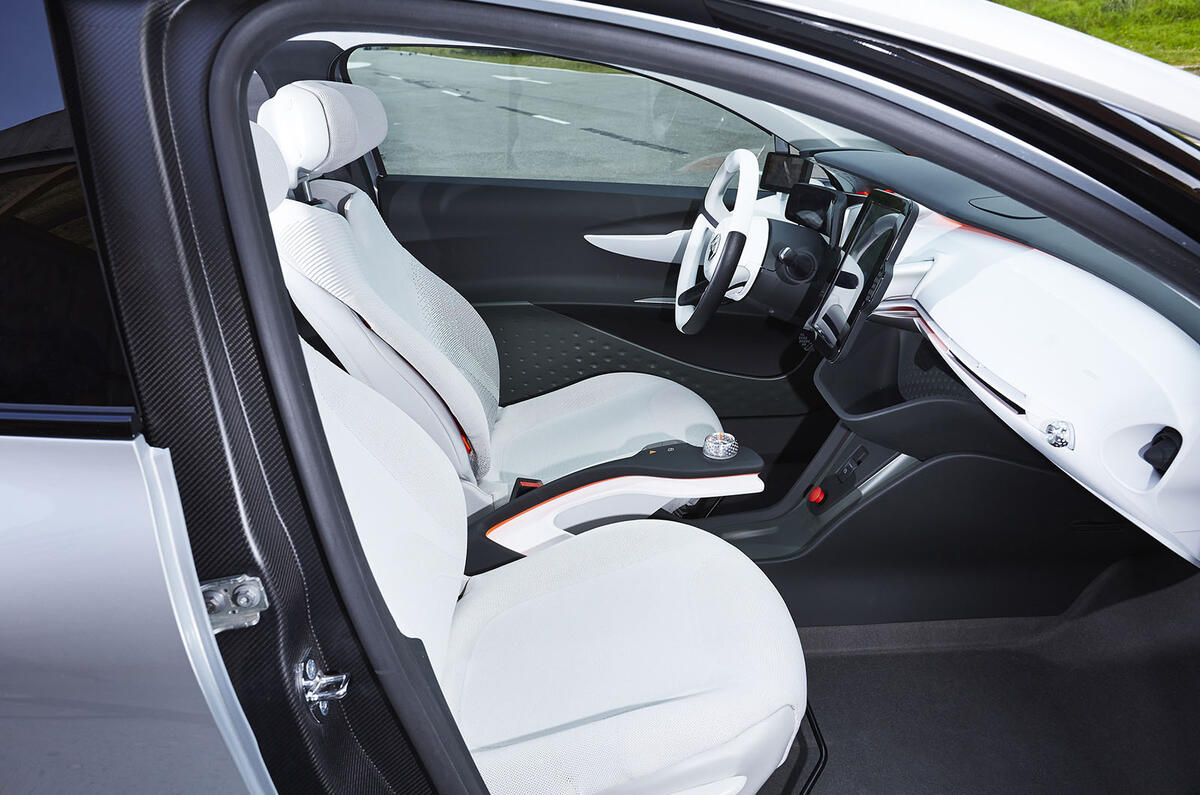
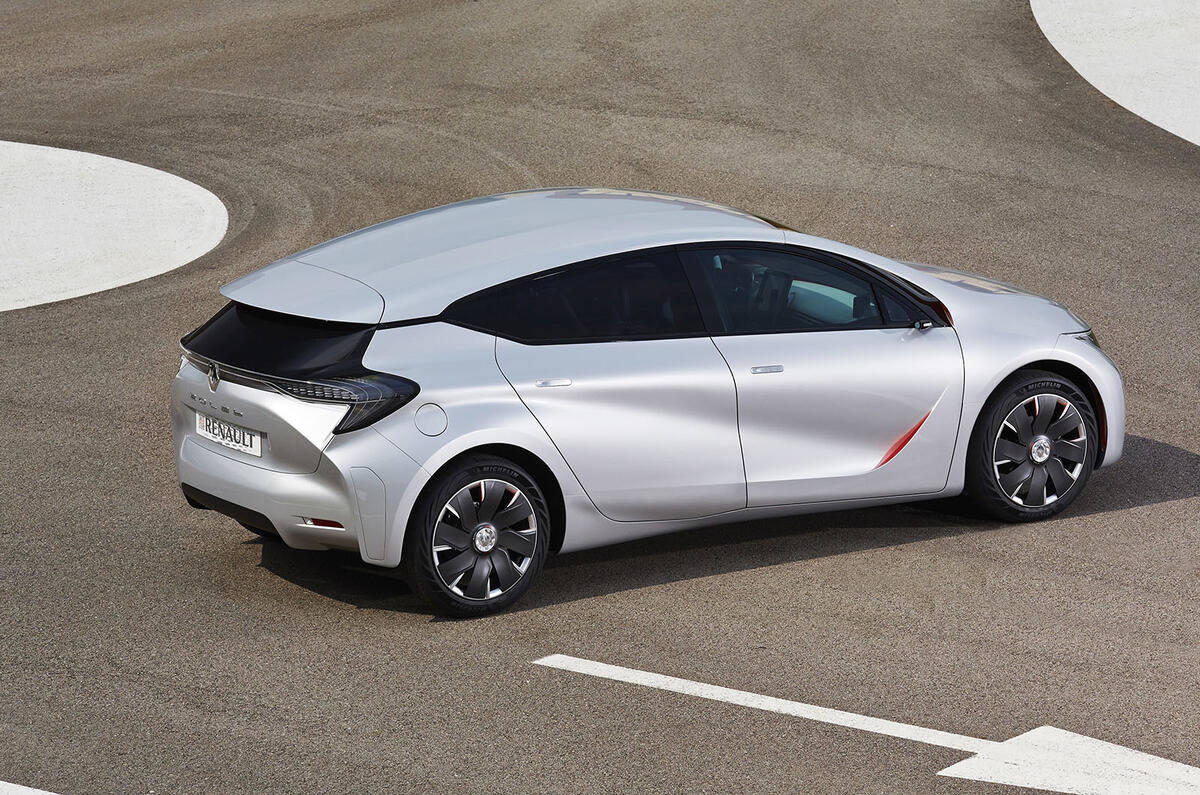
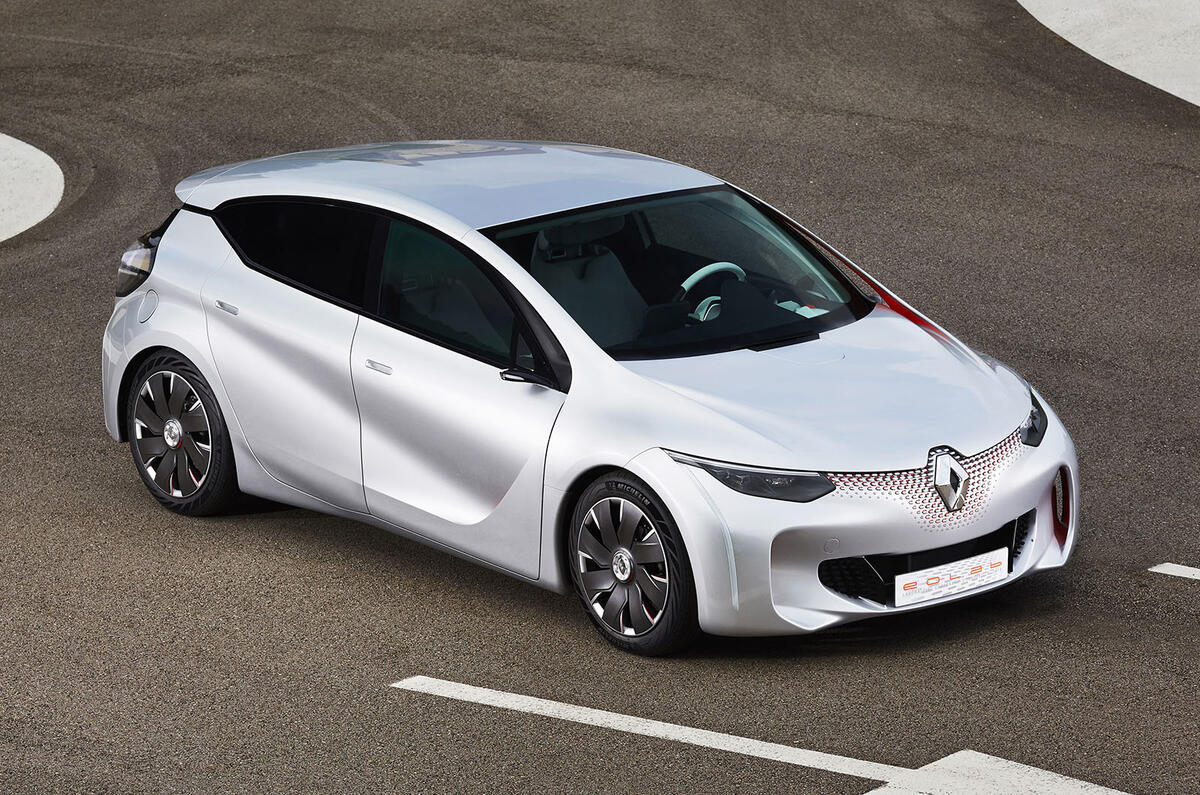
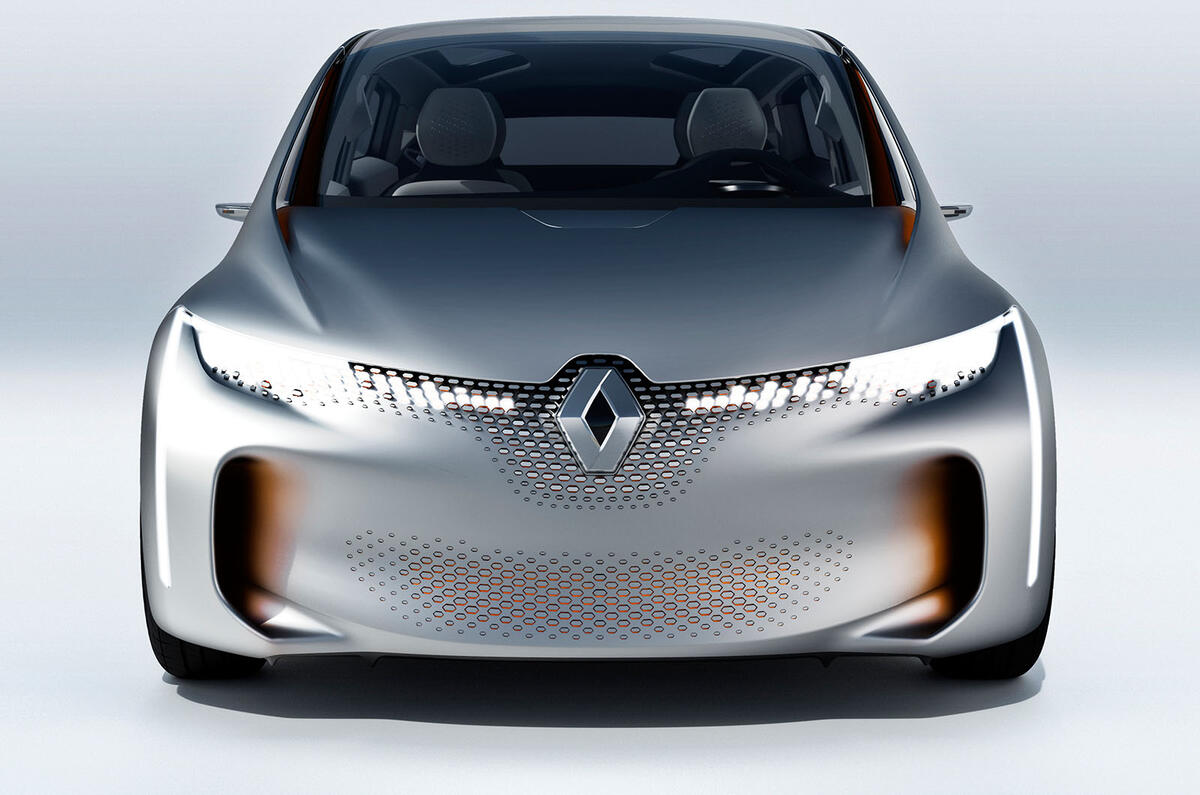
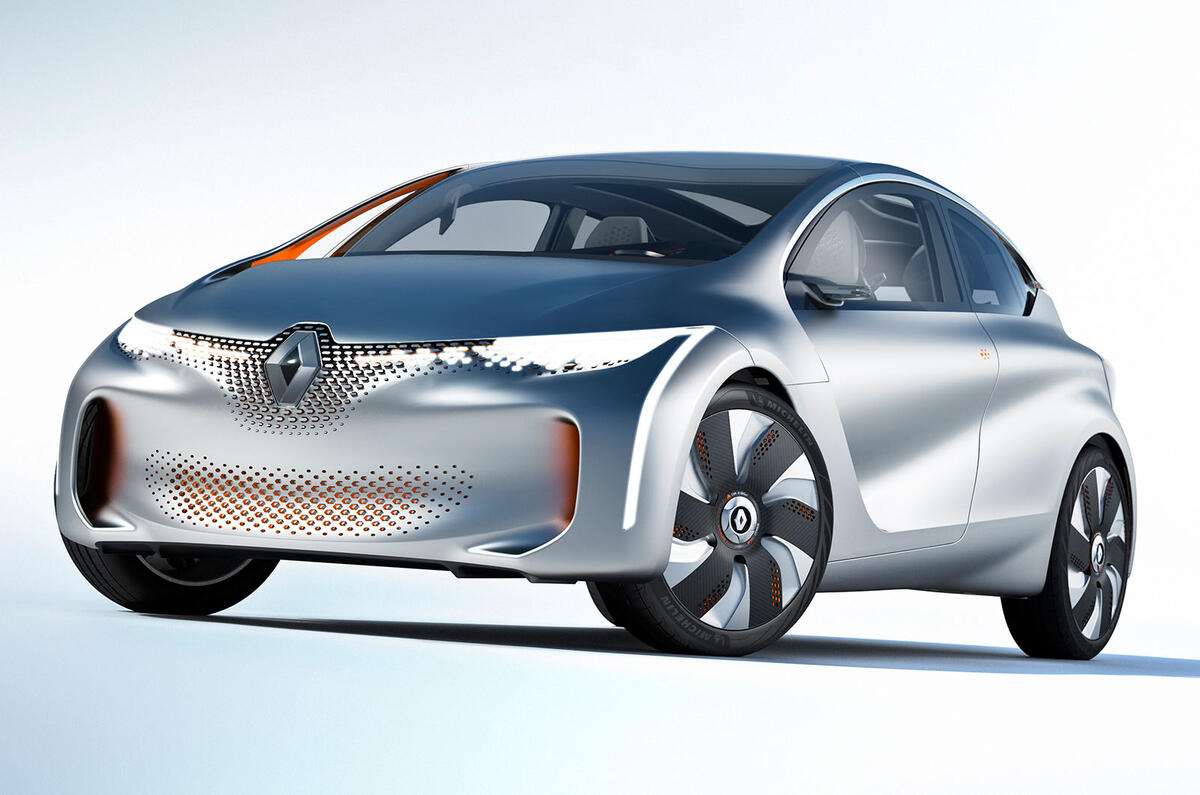

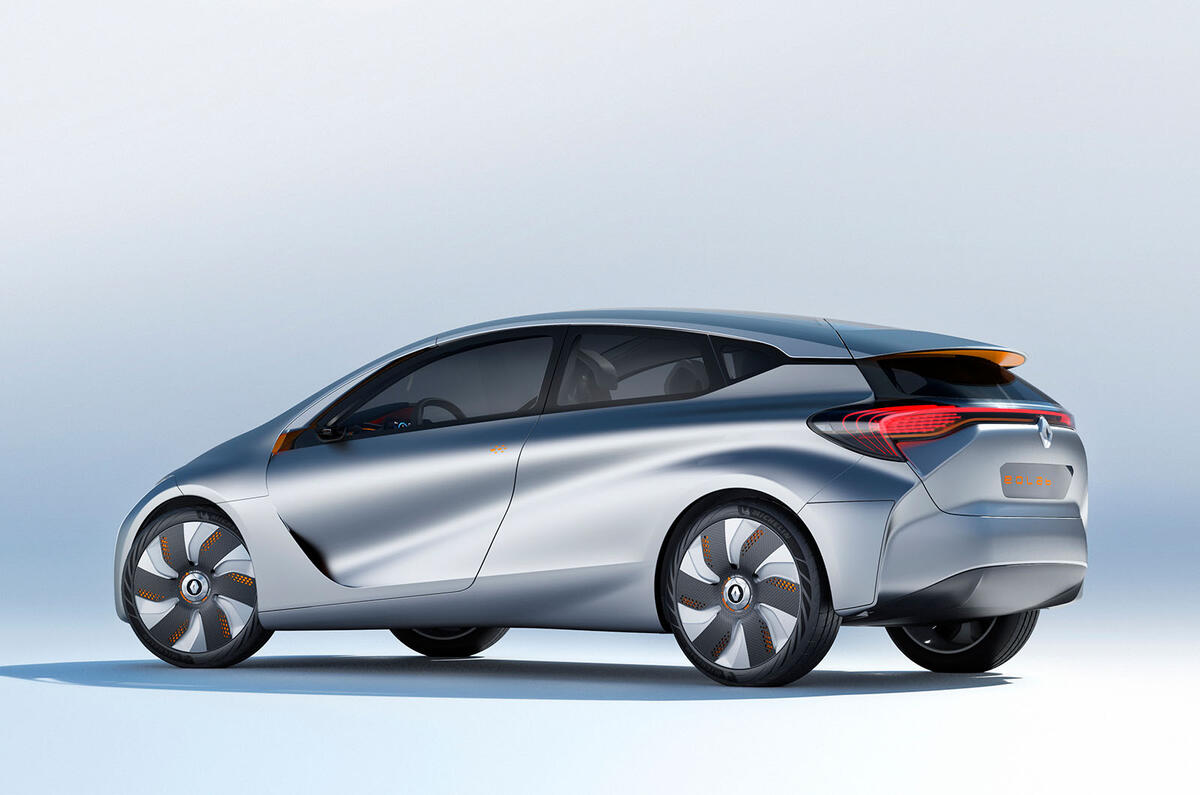
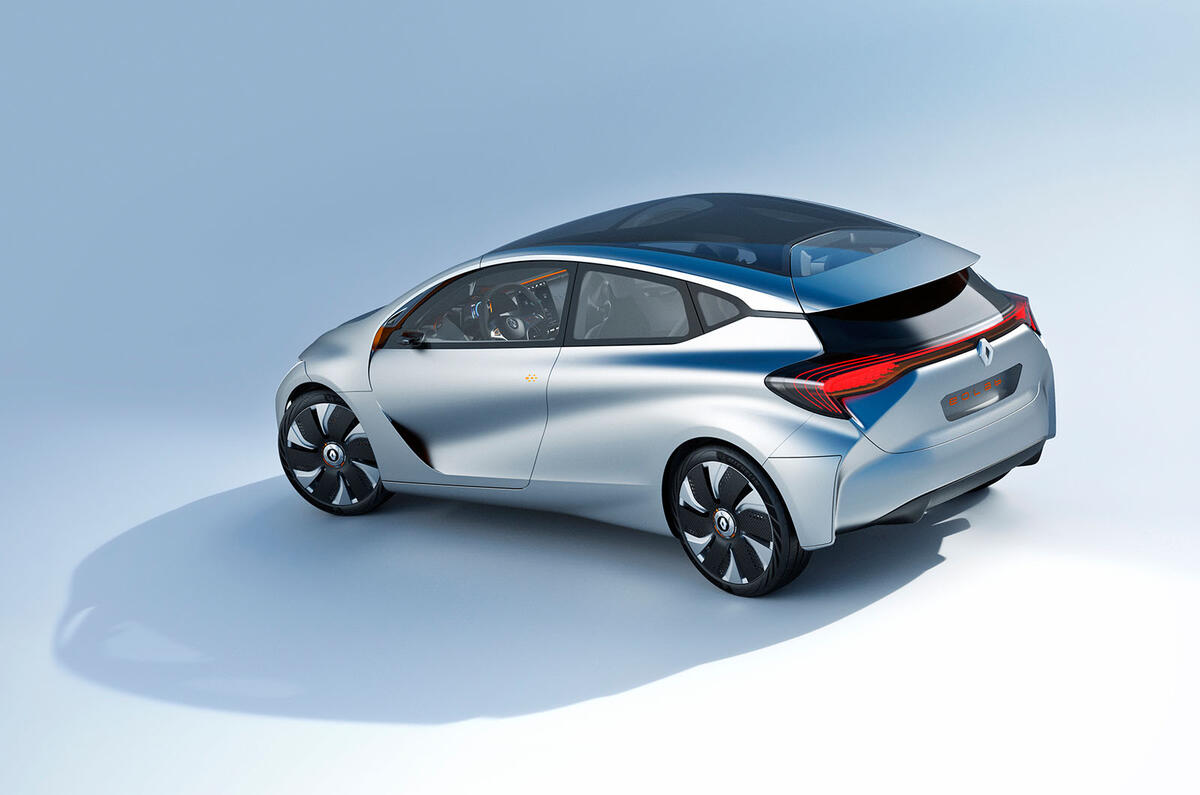
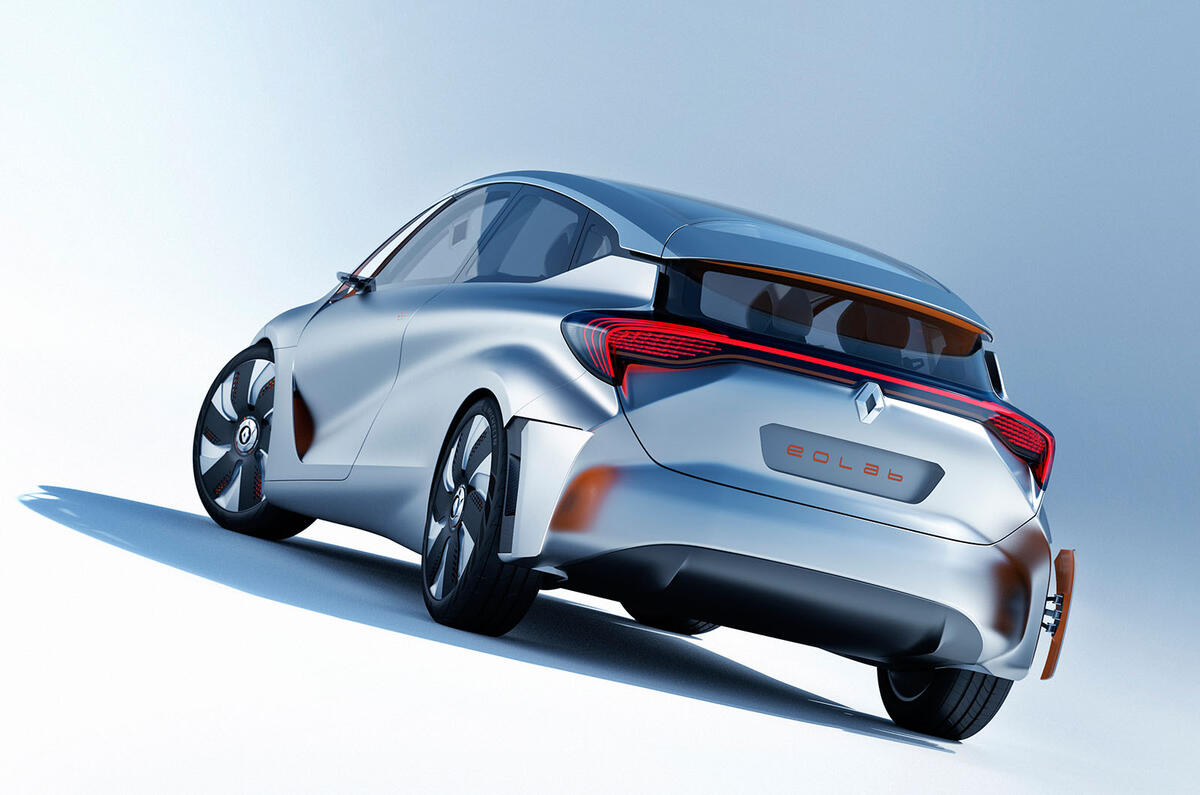

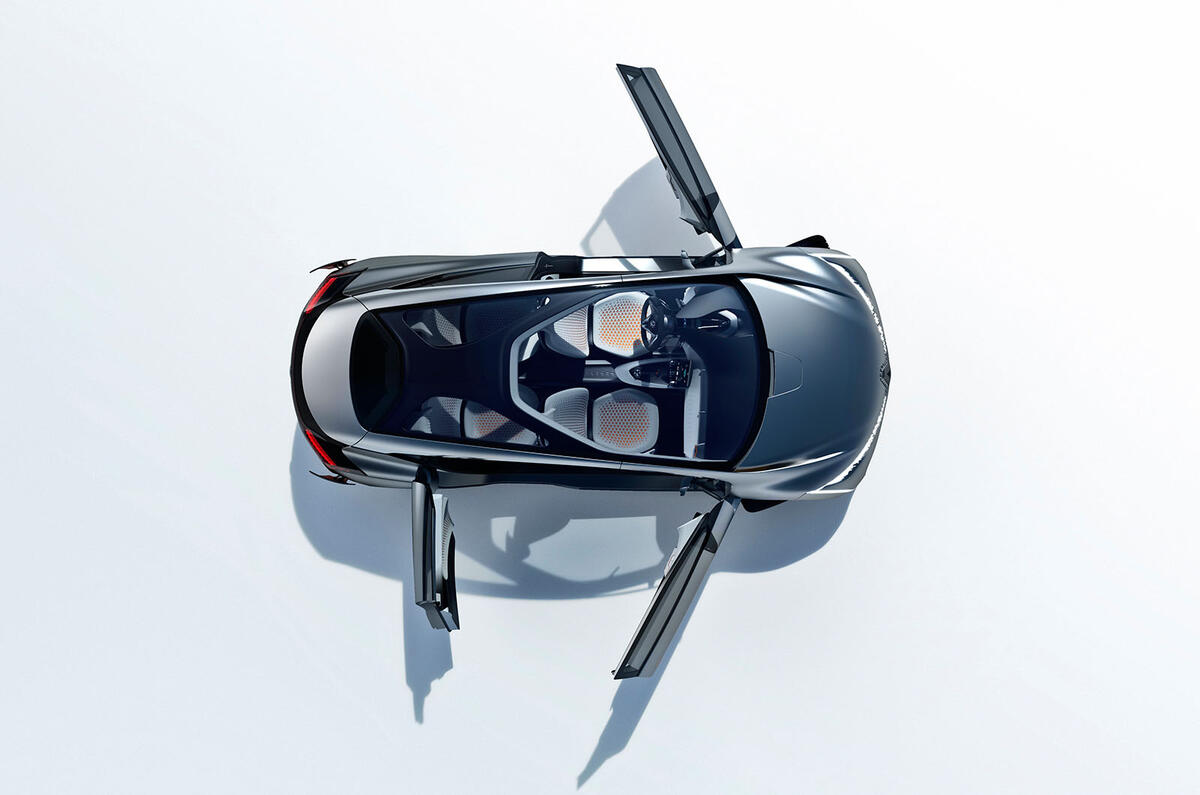
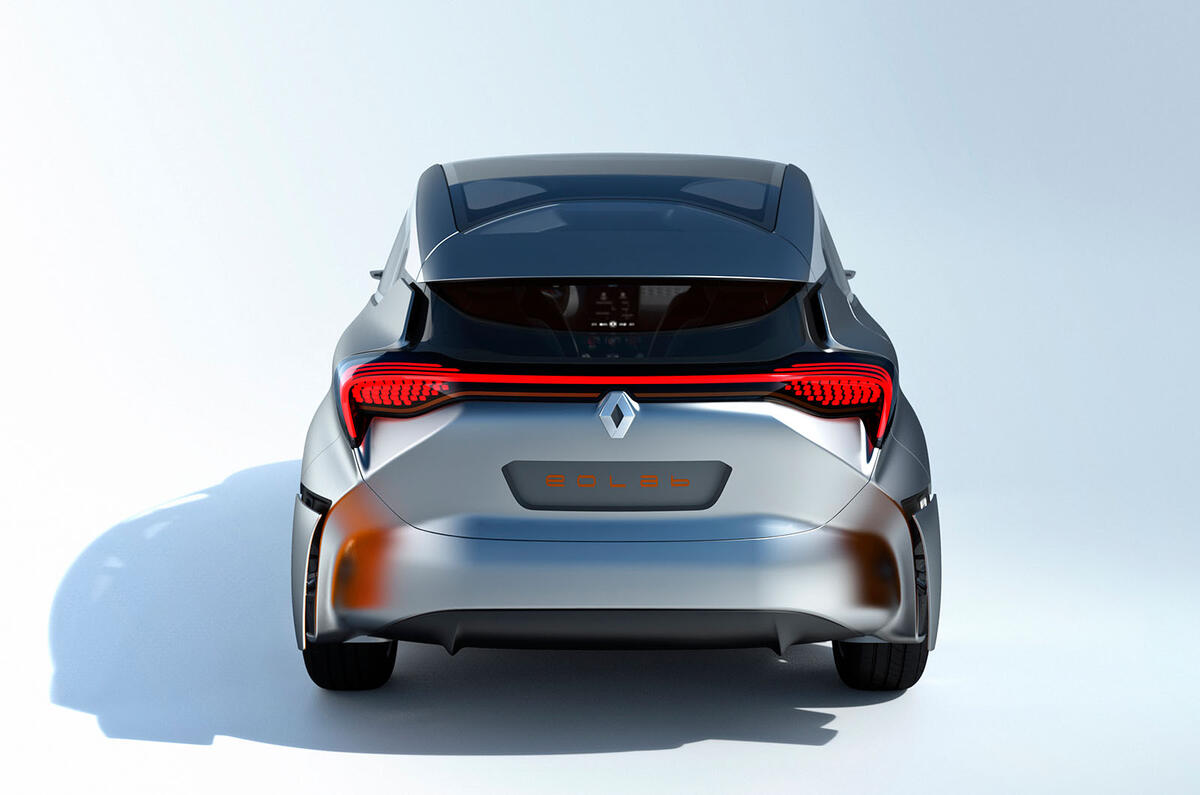

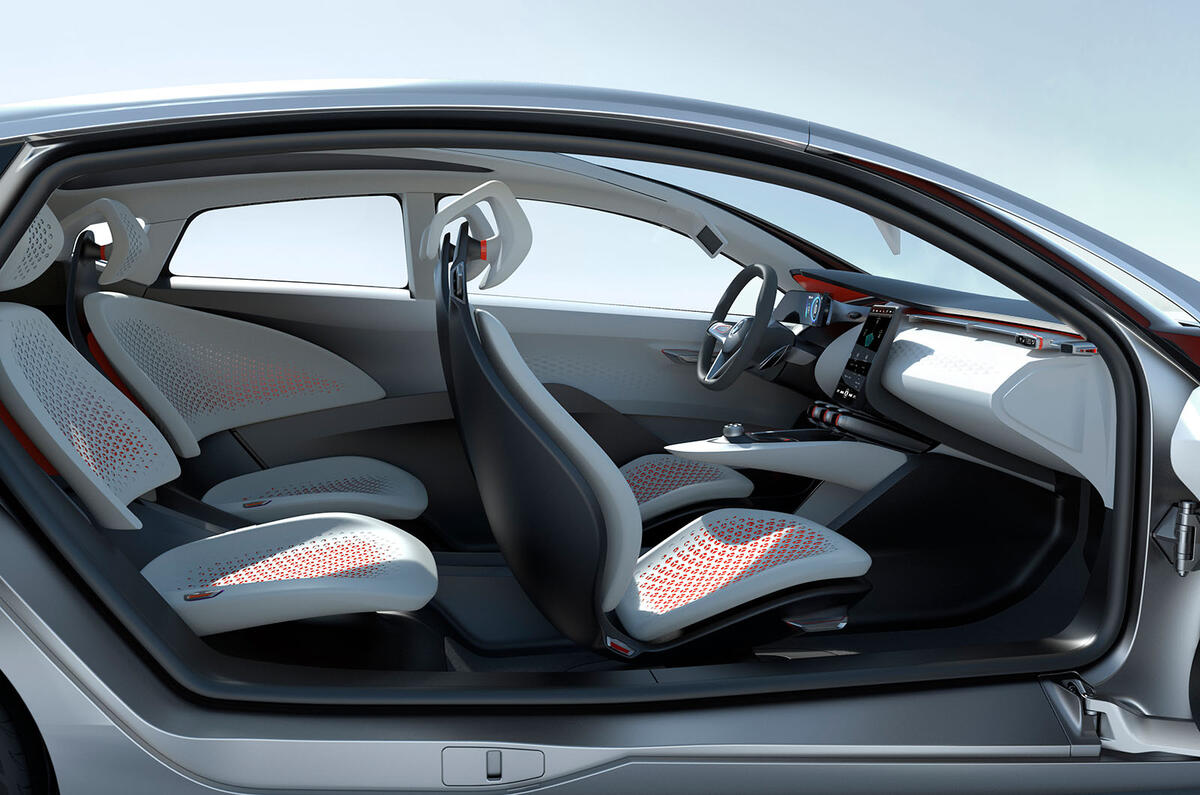
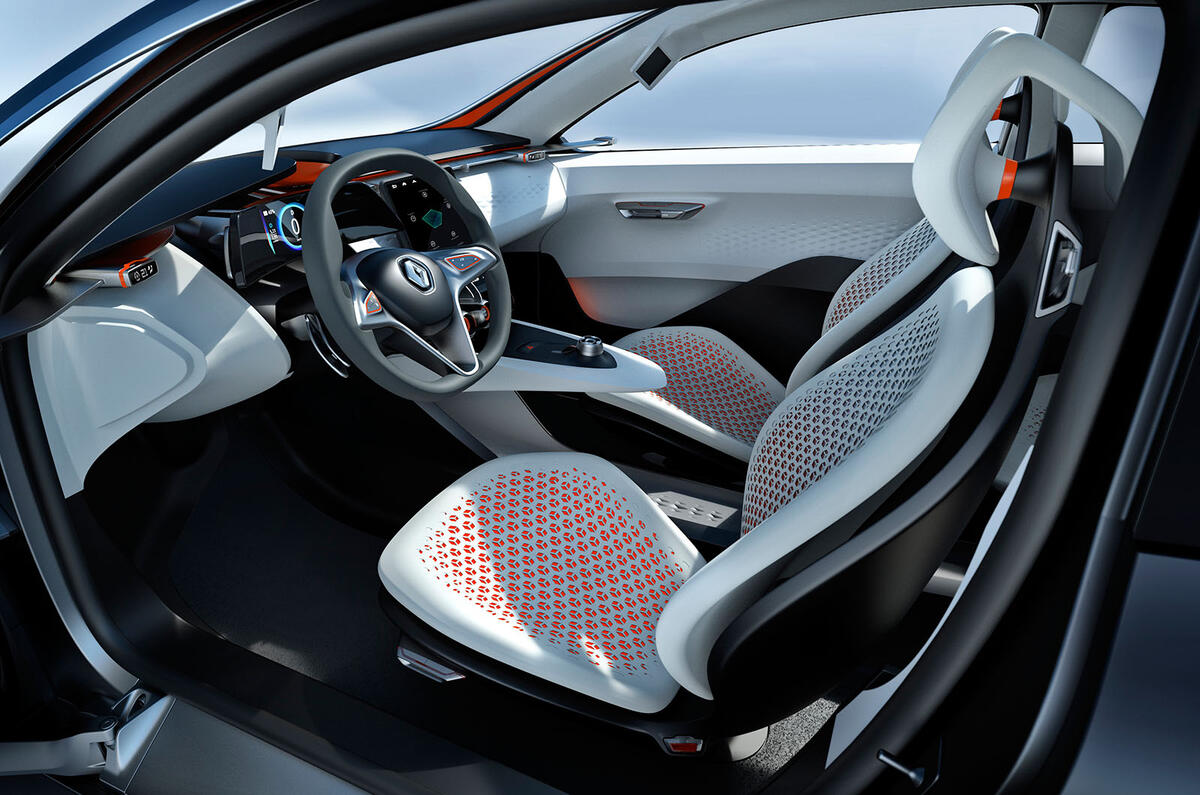
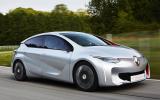
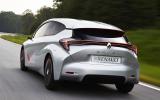

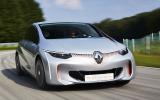
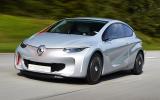
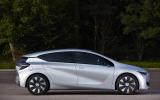
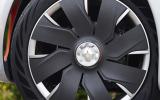


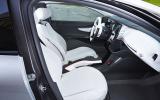
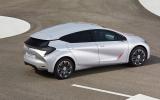
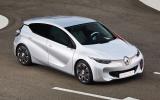
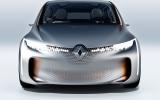
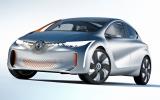
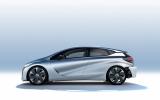
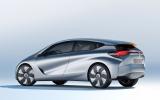
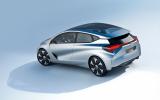

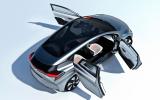


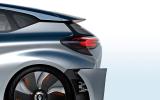
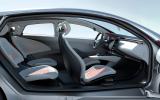
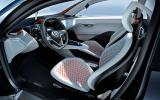


Add your comment
Fascinating
I hope people understand that full production car ...
A giant leap